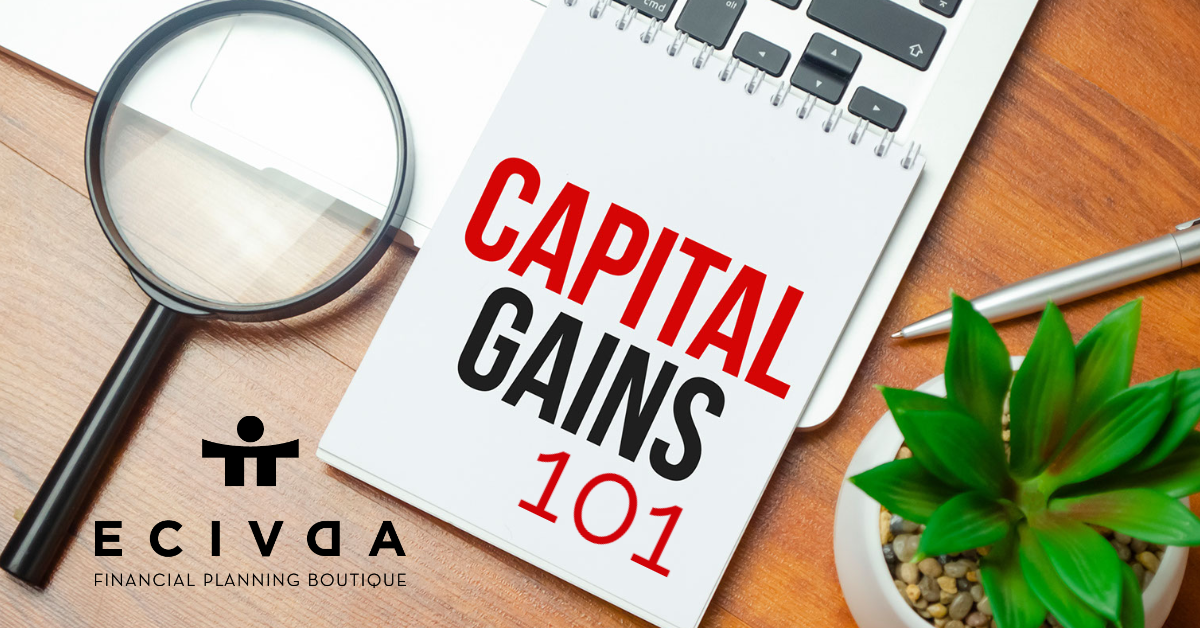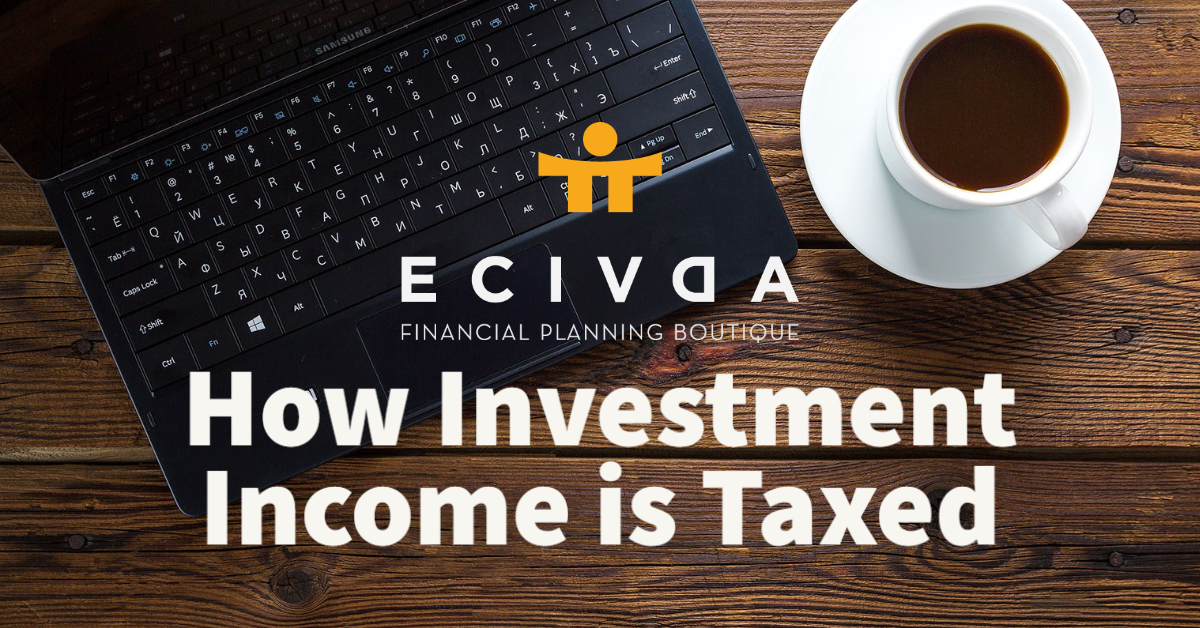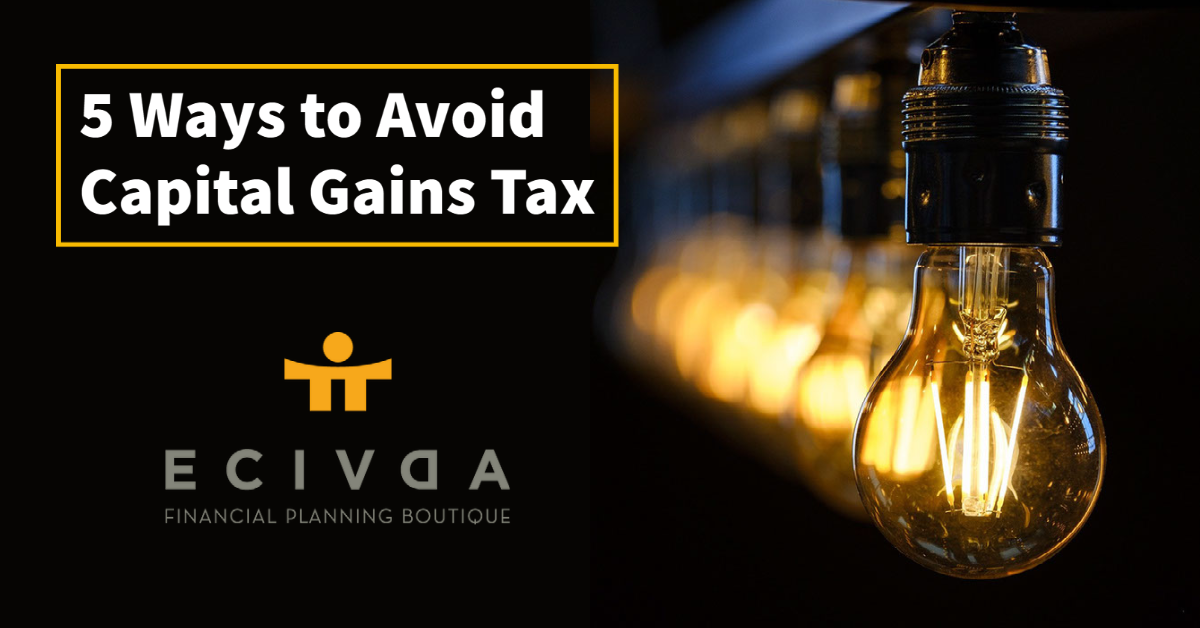A financial plan is a strategy you set in order to be able to attain your goals. With a financial plan, you can effectively manage your cash inflow and outflow and other recurring financial responsibilities with the aim of putting you in a better financial position to attain your set financial goals. A good financial plan should include provisions for your debts, income, insurance, savings, investments, and other things that make up your financial life.
Mistakes You Should Avoid When Selecting a Financial Planner
Hiring A Financial Planner Based on Referral Only
In this case, what is good for the goose may not be good for the gander, and in that case, you should base your hiring a financial planner solely on the fact that your friend has good things to say about him. For one, financial situations are peculiar situations, and a financial planner may not be well equipped to handle all kinds of financial situations. Make sure you do your vetting using your criteria and not what your friend tells you.
Hiring A Financial Planner on Sentiment
When you hire a financial planner because of an existing relationship with them, then you might be making a big mistake. You should hire a financial planner based on your current and future financial needs. Also, you must ensure that such a person is absolutely qualified to handle your financial needs.
Using Past Performances
When you only consider the past achievement of a financial planner as a criterion of hiring such a person, then you may be making a mistake. The past performance of a financial planner does not guarantee future success or a better plan going forward. Once you notice your financial planner is not adapting your finances to your current financial situations for a better long-term financial position, then it may be time to make a change.
Not Conducting a Thorough Research
When hiring a financial planner, there are a lot of things you must consider. Such a person must tick as many boxes as possible of what you want in a financial planner. You should vet the credentials of the financial planner, if possible, interview his clients to know how he handles different financial situations that may be similar to your financial situation. Also, try and interview multiple financial advisors to know the different personalities and investment styles to be able to pick the best.
Getting Carried Away by Promises
Yes, we want the best financial planner but that does not mean a financial planner that promises heaven and earth is the best. Most of the time, a sweet talker is not the best at what they do. The same goes for financial planners. You should ensure that your financial planner is not only concerned about choosing the most profitable investment and exploring the market. These are usually for their ego. Go for a financial planner that has your long-term financial position at heart. They usually make the best decisions at every turn.
Tips On Having an Effective Financial Plan
Set Your Goals
A financial plan is mostly about having something for a rainy day and how to manage your current financial situation to be able to achieve that. Therefore, it is good to outline what you are saving for. You should be exact on why you have a plan and why you are saving for it.
Have A Budget
This is for you to better manage your cash inflow. You should outline your bills, debts, and other necessary financial obligations. Yes, you can spoil yourself once in a while, but that should not get in the way of what you are setting aside for your goals.
Sort Your Taxes
Taxes are inevitable but there are better ways to go about it that will ensure you save as much as you can on your taxes and enjoy tax deductions. This will give you a better cushion for your financial plan.
Be Ready for Emergencies
Life has a way of throwing us a curveball. Of course, things won’t always go according to plan, which is why it is important to include an emergency fund in your financial plan to enable you to deal with unforeseen circumstances and expenses. This is where insurance also comes in handy. Have a good insurance plan to help you deal with emergencies.
Don’t Swim in Debt
Achieving your financial goals doesn’t mean you should go committing yourself to every financial aid that will drown you in debt. Debt is one of the banes to an effective financial plan. Ensure that you manage your debt effectively so you can achieve your goals.
Be Ready for Retirement Taxes
Most financial plans get you ready for when you are no longer active. So, your retirement goals and plans should take the forefront of your financial plan.
Multiple Investments
The only way to multiply your savings is to invest in different portfolios that will bring you both short-term and long-term profit.
Have An Estate Plan
Lastly, have an estate plan that will help you make important financial decisions when you can no longer make them yourself. Having an estate plan is not only for the rich.
Book and appointment with us today – Click Here

















